Bimota DB1
With Phil Aynsley
I covered the Bimota DB1 SR in a previous column, so it’s only proper that we have a look at the ‘base’ DB1 – if any Bimota can be considered to be such a thing!
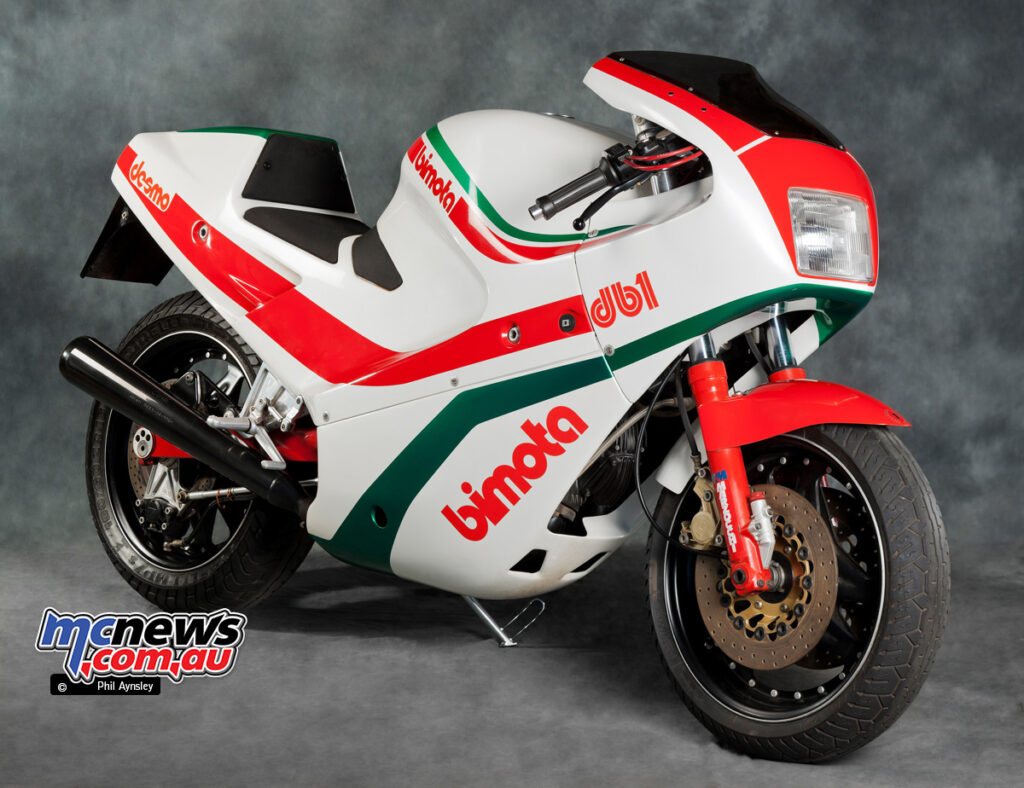
The DB1 had a fairly fraught beginning before going on to be Bimota’s best selling model. Ducati (in the form of Gianfranco Castiglioni one of the two brothers who owned Cagiva which in turn owned Ducati at the time) originally commissioned Bimota to develop a bike employing the 750 F1 Pantah motor, paying 50 per cent of the contract price up front.
The management team of Giuseppe Morri and Federico Martini (this was the first design undertaken by Bimota following Massimo Tamburini’s departure) appointed Pier Luigi Marconi and Roberto Ugolini, the pair were later responsible for the Tesi, to oversee the project. It was developed up until the prototype stage at which point Morri met with both Castiglioni brothers – only to have Claudio, who did not like Morri, cancel the project!
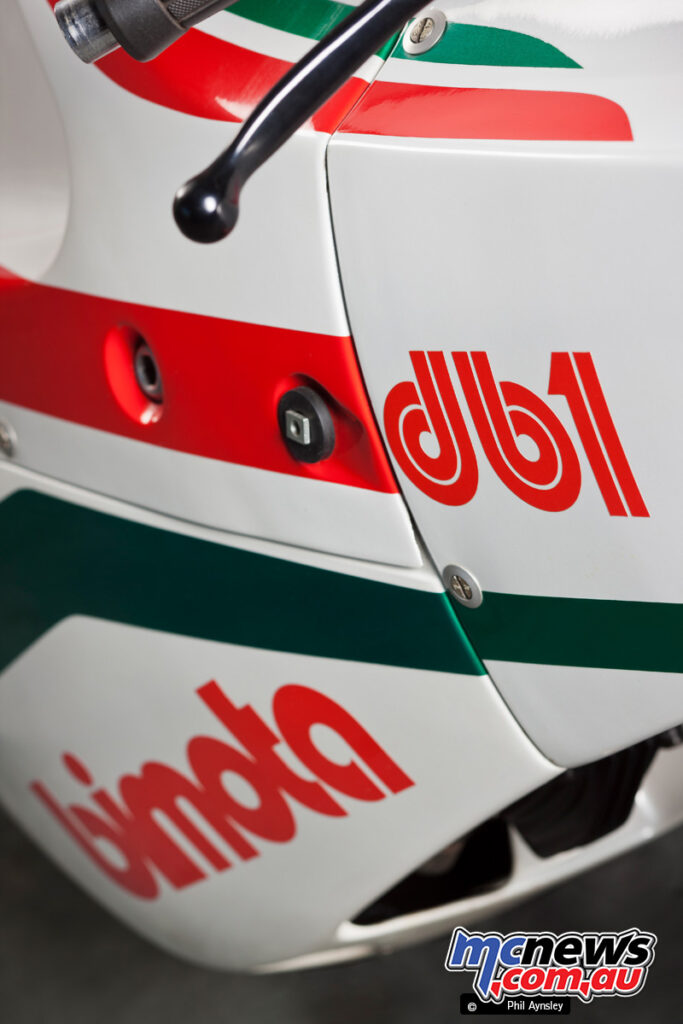
Given Bimota’s investment in the design (and to prove Claudio’s judgement wrong) Morri contacted Gianfranco and offered to refund Ducati’s deposit if Bimota could then own the rights to the design. This was agreed and the rest is history! This of course left Cagiva without a new model so Claudio hurriedly employed Tamburini to design one – and the 750 Paso was the result.
The DB1 entered production in 1985 and continued until 1990, with some 687 (not counting prototypes) made across several versions.
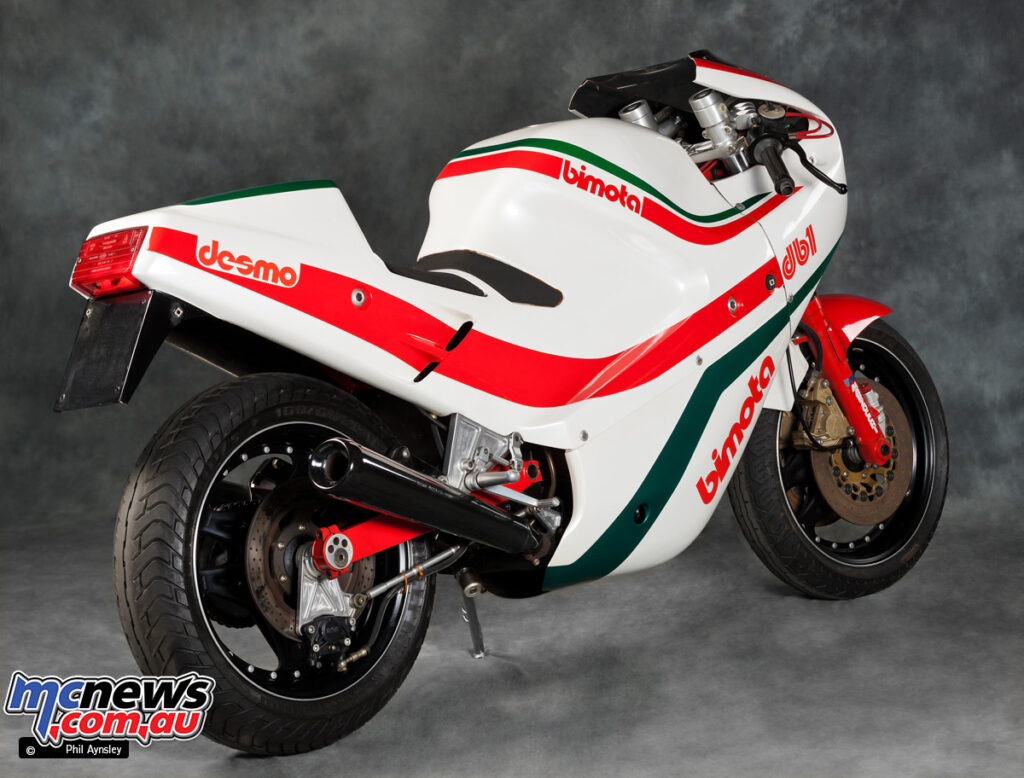
The bulk of the 400 “base” models went to Japan (307). One of the five kits included in the 400 came to Australia via the importer at the time Ian Gowanloch and was used as the basis of his DB1 race bike – the images here are of rider Chris Oldfield at Bathurst. About 20 DB1s were imported to Australia and I was lucky enough to be lent the demo bike for a week!
It remains the best handling bike I have ever ridden. A lasting impression was how condensed the bike was. You basically couldn’t fit a cigarette paper between any two components! It was acknowledged in every road test that the bike was the first fitted with 16-inch wheels to handle properly. The DB1 made 62 hp at 7,500 rpm and weighed 161 kg dry, while top speed was 223 km/h.
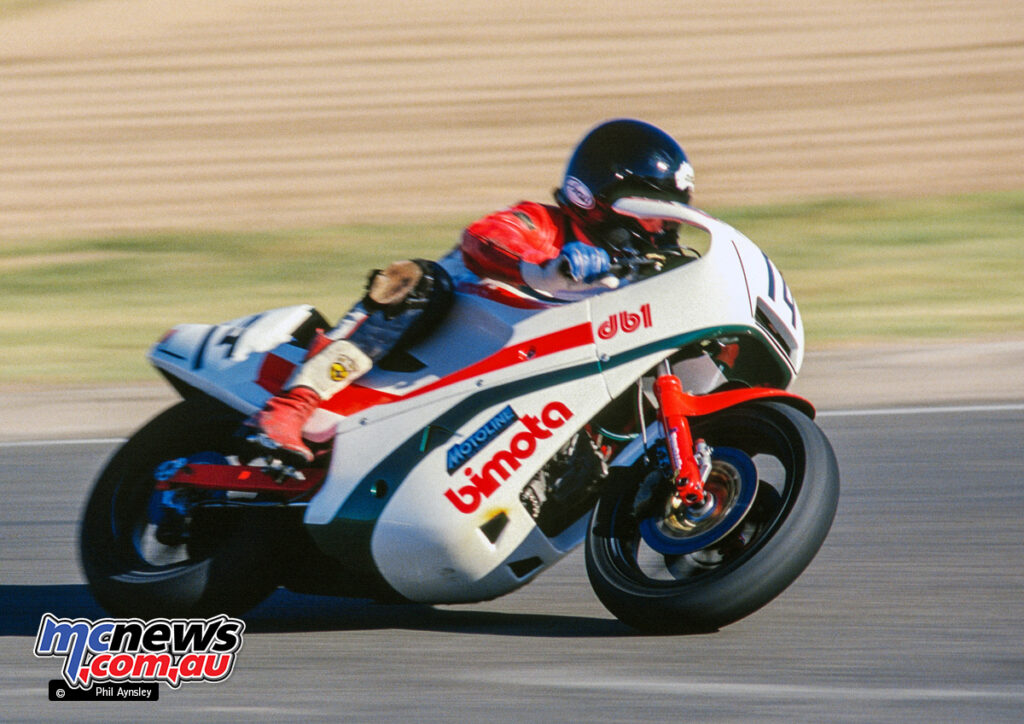
The DB1J was a 400 cc version intended for the Japanese market only and all 53 were exported there, producing a restrained 42 hp.
63 DB1S were also made during 1986-7. They featured a slightly higher state of tune with 40mm carburettors and a more free-flowing exhaust system (still a two-into-two) and produced an extra 10 hp, to 72 hp in total. The DB1SR I have already covered, of which 153 were built.
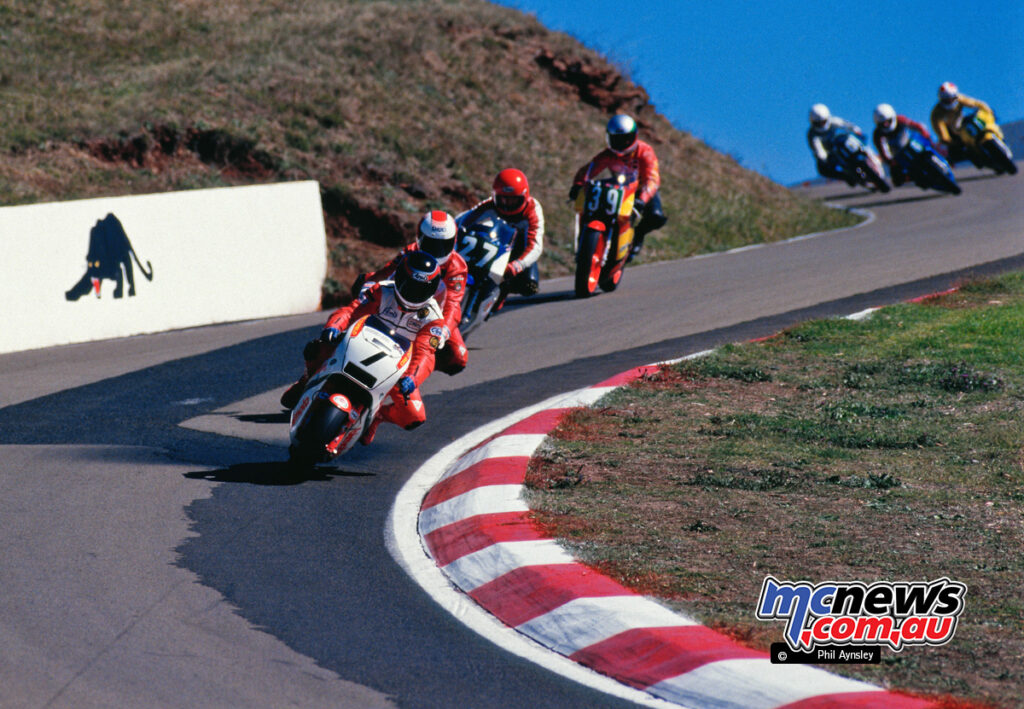
The last 7 frames were used in 1990 to produce the SR Series Finale.
In addition 11 DB1R race bikes (although one was a chassis only) were built for both the factory team and various other importer teams, and five went to the US. Power was up to 92 hp and dry weight just 134 kg.





































